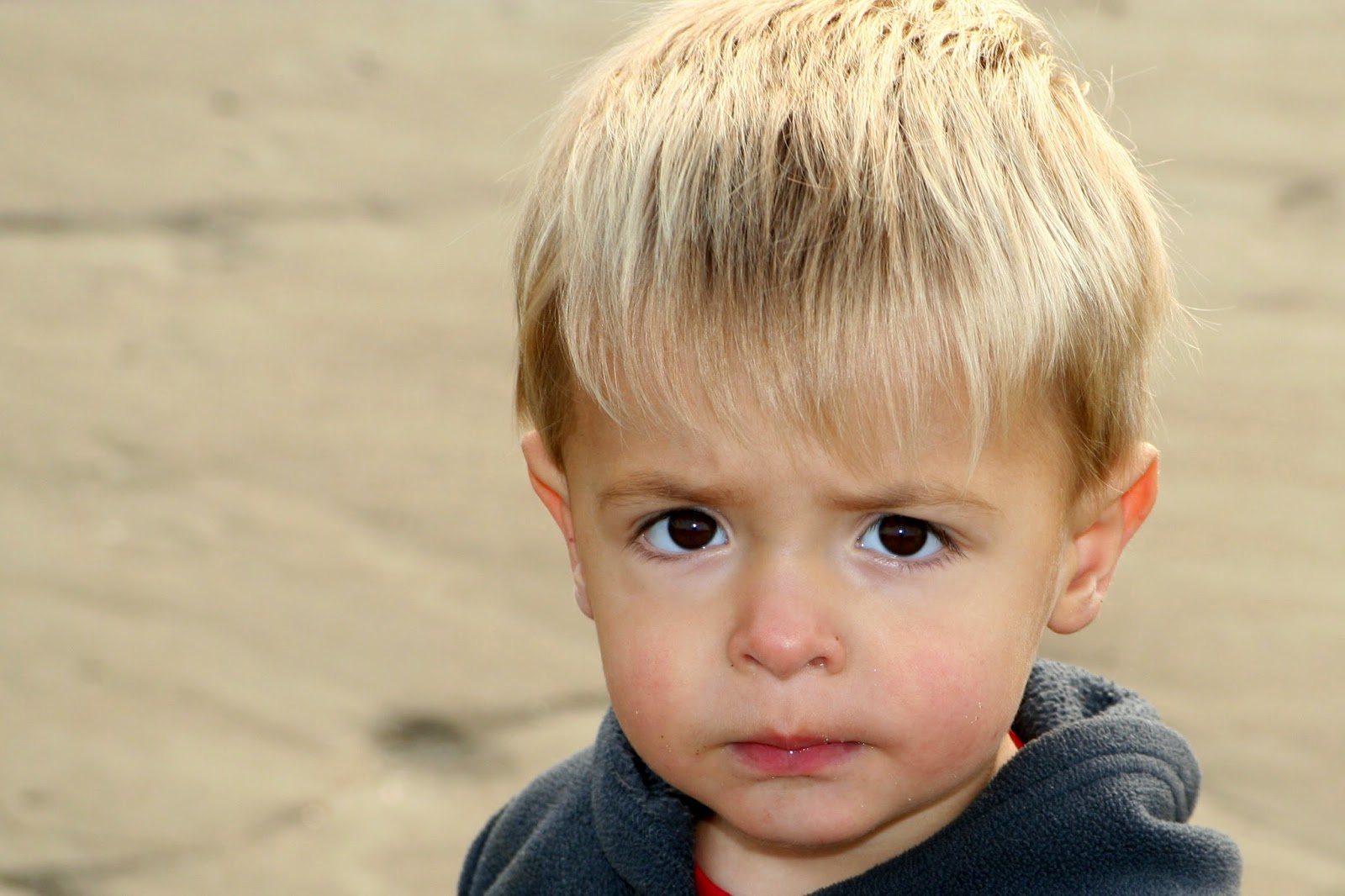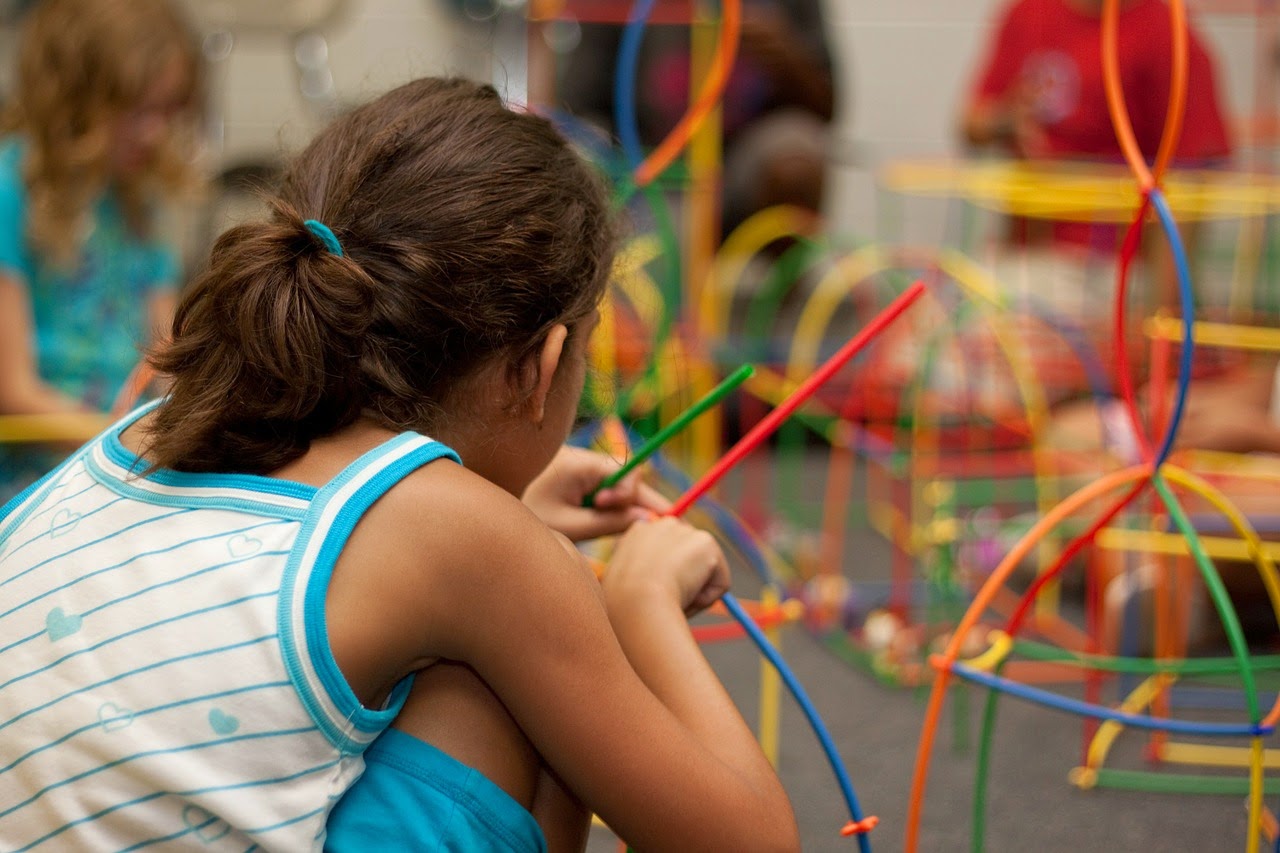
Help me to help myself.
—Maria Montessori
The Child in the Family, p. 72.
The Child in the Family, p. 72.
In her book Children Who are Not Yet Peaceful, Donna Bryant Goertz says, “We wisely welcome into our classrooms that small number of children whose behavior strikes us as eccentric, complicated, challenging, or confusing. These children are the indicators of how well the classroom is meeting the needs of all the children. They react when others don’t — and react overtly in ways that cannot be ignored. We have found that to assimilate these children and support them in their personal transformation, the class must be providing the maximum benefit to all children.” (Goertz, 2001)
If we truly believe that all children can and have the right to learn, then there is a place for all children in your Montessori environment, including those with learning disabilities or who are “at risk.”
Guiding Children with Learning Disabilities in the Montessori Environment
It is true that some children will require additional time, attention, skill, effort, and patience before they are fully integrated into the learning environment. Dr. Montessori stated that “Discipline is reached always by indirect means. The end is obtained, not by attacking the mistake and fighting it, but by developing activity in spontaneous work…Discipline is, therefore, not a fact but a path.” (Montessori, 1912)

Montessori teachers who work with students who are at risk or who have special needs will find that they need to intervene more. While continuing to help and guide all students in the classroom, Montessori teachers must meet the needs of those who need additional help by:
- making more deliberate choices to teach about the work cycle
- giving more direct presentations
- breaking presentations into smaller, more manageable chunks
- using fewer materials during presentations
- using three-period lessons to attach language to each activity and material
- understanding that both the child and teacher are responsible for focus and attention
- understanding that there will be more down- or non-productive time as the child moves toward normalization (Pickering, 2002)
Goertz tells us “inclusion of more eccentric children in our classes affirms the human worth of all the children. It provides an opportunity to learn emotional skills as well as academic subjects. It is an unhealthy burden for a child to be ‘bad’ or ‘good.’” (Goertz, 2001) We must discover the key to unlocking the child’s interest in order to develop and increase their concentration and focus. “To serve the individual child and society, an educational system must assume a reasonable range of humanity and be designed to meet the nature of the child, her innate characteristics and tendencies, and her developmental planes — rather than demanding she “fit in.”

To claim that there is no room for learning disabilities in the Montessori environment is to deny the very tenets of the Montessori philosophy — respect for the child, following the child through individualized instruction, and fostering independence.
Through scientific observation and careful planning, the Montessori teacher understands each child’s strengths and weaknesses and prepares the learning environment to maximize the child’s potential. All children, especially those at risk, can benefit from the structure, order, and curriculum found in the Montessori environment.
Works Cited
Goertz, Donna Bryant. Children Who Are Not Yet Peaceful. Berkeley, CA: Frog, Ltd., 2001.
Montessori, Maria. The Montessori Method: Scientific Pedagogy as Applied to Child Education in “The Children's Houses.” NY, NY: Frederick A. Stokes Company, 1912.
Pickering, Joyce S. “Montessori and learning differences.” Montessori Life. 2003, vol. 15, n 1, p. 13. http://www.shelton.org/uploaded/documents/training_center/Mont_LD.pdf
As much as possible, NAMC’s web blog reflects the Montessori curriculum as provided in its teacher training programs. We realize and respect that Montessori schools are unique and may vary their schedules and offerings in accordance with the needs of their individual communities. We hope that our readers will find our articles useful and inspiring as a contribution to the global Montessori community.
© North American Montessori Center - originally posted in its entirety at Montessori Teacher Training on Monday, October 27, 2014.
© North American Montessori Center - originally posted in its entirety at Montessori Teacher Training on Monday, October 27, 2014.

0 comments:
Post a Comment
Have questions or comments? Let us know what you thought about this article!
We appreciate feedback and love to discuss with our readers further.